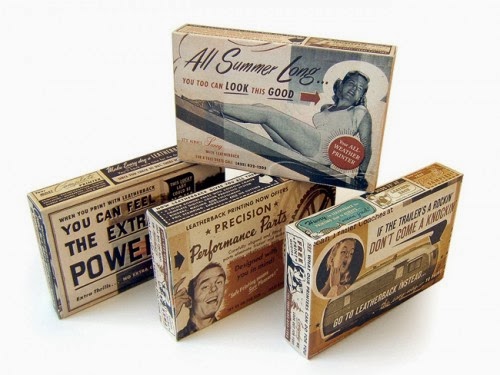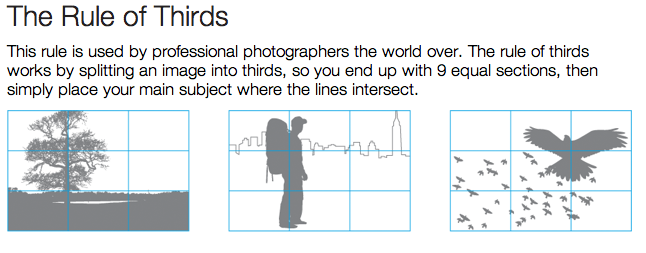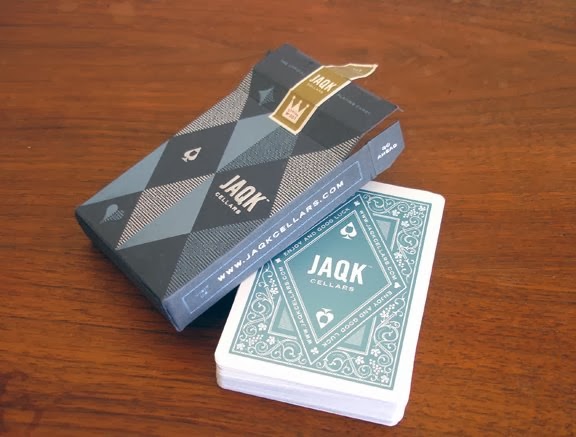Helen Clarke - helenclarke@leeds-art.ac.uk
William Edward Kilburn took the photo ' the great chartist meeting at the common' (1848) Here the photographer was visible as it was a larger camera however because he was at the back he didn't distract from it, he did not want to interrupt.
Jacob Riis, 1890 - "How the other half live" began looking at the other classes and how they live. Tension already formed because only the upper class would have had cameras. He used the photographs to educate people, however a bias was formed. For example in the photo directly above the men in the foreground look menacing like they are staring him out but perhaps they are staring at the technology - something they would have never seen before and without understanding the purpose of why the man was taking a photograph.
However Lewis Hine shows the working class under a different light. He focused on showing them as hard working and motivated, this completely contradicts Riis' work. The russian steel workers look like hardworking honest people and the little girls in the factory are shown as happy little girls.
F.S.A (farm security society) was a group of photographers which captured images of lower class migrant houses. They were sent out with an image in mind of what to capture and would often move objects around in their houses to get the 'right' image.
Margaret Bourke-White took photos of 'sharecroppers home' (1937) Here she focuses the child in the middle to grab peoples attention and sympathy. He is surrounded by newspaper and magazines on the walls for insulation. The visual irony being this is the type of magazine the photo of him will end up in.
Russell Lee took a different approach with 'interior of a black farmers house' - where he doesn't use people as a symbol of poverty. Here (below) he focuses on the room itself.

Dorothea Lange 'Migrant mother' (1936) Shows the mother and family rising above poverty. She was sent to capture this idea of patriotism - the idea that no matter how bad the poverty is she was happy to be in the country and loved the country. To her the image became more important that the people. She doesn't ask her name or anything about her situation. Other images which showed the situation in context were not chosen. Perhaps this is because the curiosity of the image is enough and more exciting to viewers because it allows their imagination to wonder.
Magnum group - founded in 1947, ethos of documenting the world and social problems.
"Photography achieves its highest distinction - reflecting the universality of the human condition in a never-to-be-retirieved fraction of a second" -Cartier Bresson
Documentary of War
Robert Capa 'the falling soldier' (1936) Is still debated today whether it was constructed or not.
Normandy, France (1945) Introduces the idea of the photographer as a soldier looking as if he is in the water.
George Rodger 'Bergen-Belsen Concentration Camp' (1945)
Clarke argues this has a respectful way of documenting what has happened from a distance.
Napalm Girl - Shows the extreme affect of conflict, read as an anti war statement. It exposes the affect of war.
Visual Tourism - A pleasure in looking at something sensational and shocking.
It was referred to the war in colour as it was the first war to be televised.
Robert Haeberke (1969) ' People about to be shot' Just before people are about to be shot he shouts stop! and captures the moment before death. His need for the photo supersedes his humanity.











































